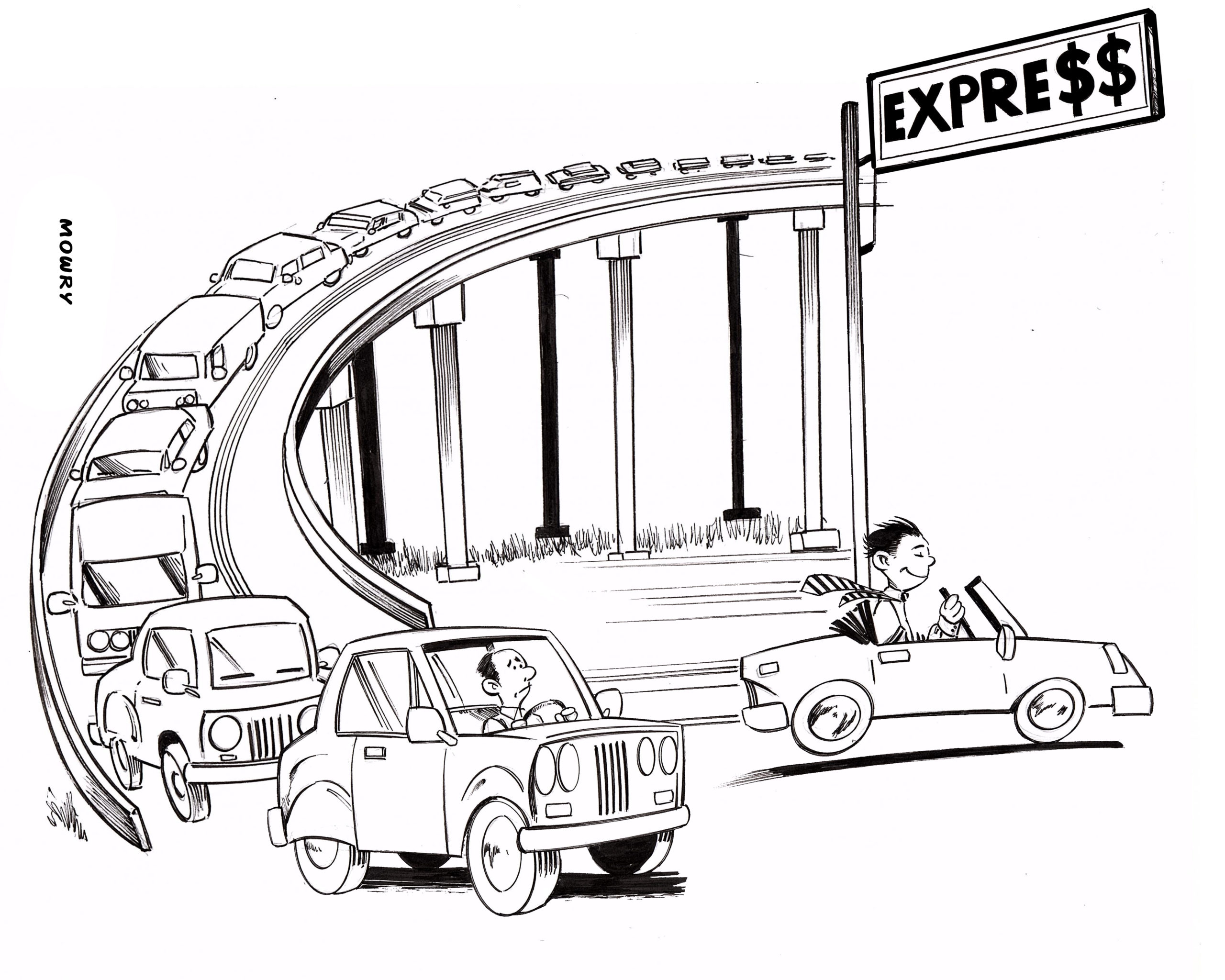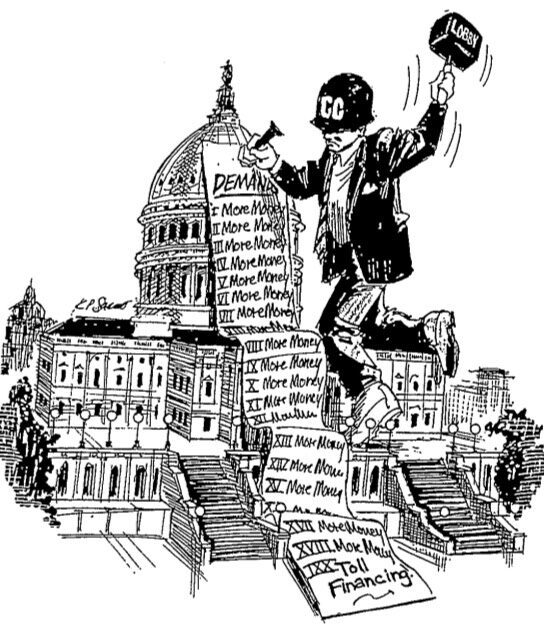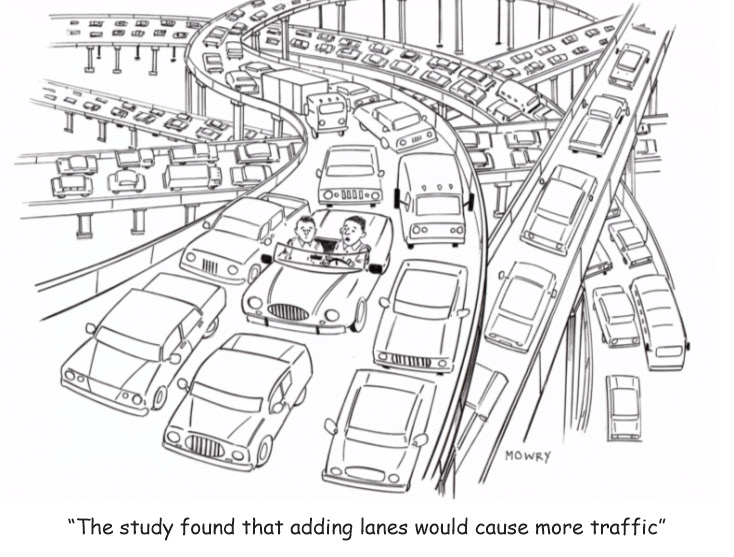P3-focused global companies have long been frustrated that there seems to be no U.S. market for airport privatization. Worldwide, the last three decades have seen numerous large and medium-size airports either sold or P3-leased. Airports Council International (ACI) keeps a database which shows that in Europe 75% of passengers use privatized airports. In Latin America the figure is 66%, and in the Asia-Pacific region it’s 47%. Here in the USA, the figure is 1%, accounted for by the P3 lease of the San Juan, Puerto Rico airport.
This disparity has puzzled many people in both industry and government. So I was pleased to receive an invitation last fall from Ed Glaeser of Harvard University to submit a proposal for a research paper on a current problem, including a potential policy-change solution. The problem I suggested was the dearth of US airport privatizations. My proposal was one of a half-dozen that were accepted. The project was managed by American Enterprise Institute and the Brookings Institution, and each paper went through rigorous peer review. It was released in August and I hope it has a significant impact.
In the years following Margaret Thatcher’s privatization of the British Airports Authority in 1987, there was significant interest in enabling such transactions to take place in this country. In 1996, Congress enacted an Airport Privatization Pilot Program under which five airports could be P3-leased. (Outright sale of U.S. airports was and remains against federal law). A handful of small airports were P3-leased, but none were successful. In 2012 Congress made modest changes to APPP, and under that program Chicago twice tried to lease Midway Airport, and Puerto Rico successfully leased the San Juan Airport.
Eventually, in 2018 Congress substantially revised the program, renaming it the Airport Investment Partnership Program (AIPP). The most important change was that the (generally up-front) lease payment can be used by the airport owner’s jurisdiction (city, county, or state) for any governmental purpose, rather than being limited to being spent on airport improvements. Many of us thought this would finally lead to airport P3 leases, but the only serious effort—to lease the St. Louis airport—was terminated by that city due to opposition from other governments in that metro area. This was despite very significant private-sector interest and support from the airport’s airlines.
My research topic was to review the literature on US airport privatization and come up with policy change(s) that could open the door for long-term P3 leases. I reviewed a major Transportation Research Board study from 2012 and a number of reports on the topic by the Governmental Accountability Office (GAO), Congressional Research Service, and others. One theme stood out to me: the non-level tax playing field between the USA and the rest of the world. U.S. airports are financed via tax-exempt bonds, which do not exist in Europe, Latin America, or the Asia-Pacific countries. This problem had not been addressed in the succession of changes made by Congress relating to airport P3s.
Fortunately, I had also saved the text of the major 2018 White House infrastructure report researched and written by D.J. Gribbin during the first Trump administration. I’d had occasional discussions with D.J. while he was researching it, and I remembered that it addressed the tax-exempt bond situation. The transportation portion of D.J.’s report was also released as a report by DOT Secretary Elaine Chao, and it included the same discussion of tax-exempt airport bonds as a barrier to U.S. airport P3s.

In the new report, I propose two federal tax policy changes that were discussed in the White House report: (1) allow an airport’s existing tax-exempt bonds to remain in force, but with subsequent debt service becoming the responsibility of the private-sector partner, and (2) expand the availability of surface transportation tax-exempt private activity bonds (PABs) to airports and seaports, as proposed in 2014 by a bipartisan House T&I Committee working group on P3s.
Congress’s Joint Committee on Taxation (JCT) and the U.S. Treasury department generally oppose any expansion of tax-exempt debt. Their stated reason is their assumption that anything financed via expanded tax-exempt debt would have otherwise been financed via taxable debt—hence, the government would miss out on tax revenue if tax-exempts were expanded.
For U.S. airports, this is simply incorrect, as I explain in the report. Treasury receives no taxable revenue from airport finance today, since nearly all airport bonds are tax-exempt. No new U.S. airport P3 leases are taking place, so Treasury is not getting any tax revenue from non-existent leases. Under the changes I propose, if airport P3 leases start to occur, there would be no immediate increase in federal tax revenue. However, as for-profit P3 firms enter the U.S. airport market, assuming they are successful businesses, they will pay federal corporate income taxes. This could develop into a new U.S. industry, similar to what has occurred in surface transportation thanks to long-term highway and transit P3s. Today the United States has a whole new tax-paying corporate sector of highway/transit P3 companies, similar to what could well develop as a new airport P3 industry.
The most important question is whether these tax changes would actually lead to more than the current single long-term airport P3 lease. In the report, I draw on my 2021 Reason Foundation study on airport P3 leases to estimate how much of a difference those tax changes would make. In an airport P3 lease under current law, the airport owner (city, county, or state) must pay off its outstanding bonds before the deal can be finalized. In Europe, the airport owner receives the estimated gross value of the airport, generally based on a multiple of its EBITDA (earnings before interest, taxes, depreciation and amortization). But for a U.S. airport, under current law, the owner would receive the net value (gross value minus the bond payoff). That can make a significant difference in what can be considered as a major one-time financial windfall that the city, county, or state can use for any governmental purpose, under the current AIPP law.
For example, based on my 2021 analysis, for Atlanta the gross up-front payment would be $9.2 billion compared with a net payment of $6.1 billion. For LAX, the gross value of $17.9 billion contrasts with a net value of $10.6 billion. For San Jose, it’s $2.5 billion gross vs. $1.3 billion net.
To make this even more tangible, the report compares the one-time windfall for each of 31 airports with the unfunded liability of that jurisdiction’s public employee pension funds. Atlanta, Los Angeles, and San Francisco are some of the cases with the gross value being more than sufficient to fully eliminate their pension system’s unfunded liabilities. In many others of the 31 large and medium airports, the payment would make a significant dent in the jurisdiction’s unfunded pension liability.
Still, the question remains: would any U.S. airport owner judge such an airport lease to be worth doing? I quote a former director of Miami International Airport explaining to Sadek Wahba of I Squared Capital how much elected officials enjoy micromanaging airports. That’s a real phenomenon, but this leads me to a question: What do elected officials think an airport P3 is? My hypothesis is that they think it’s a de-facto sale. Even if their city or state already has one or more long-term DBFOM P3 highway projects, they might not understand that a long-term airport P3 lease is an ongoing partnership between the airport’s government owner and the selected private sector company or project entity. They may not have any idea of the respective roles of the public and private partners in the long-term agreement. To be sure, the elected officials will not likely retain their micro-managing ability, but they will have a significant role in major future decisions such as expanded terminals or runway extensions.
So the airport P3 industry has an educational role to play. And despite the AEI/Brookings paper having the word “privatization” in the title, my first recommendation is to not use this misleading term with regard to U.S. airport long-term P3 leases. They are not sales; they are long-term partnerships that research has shown lead to significantly improved airport performance.
One encouraging word comes from Kevin Burke, CEO of Airports Council International- North America. In an interview with Aviation Week reporter Aaron Karp last fall, Burke lamented Congress’s repeated failures to increase the amount of the federally authorized Passenger Facility Charge (PFC), which has not been increased for 20 years and has lost half of its purchasing power. Without a near-term PFC increase, Burke said, U.S. airports would likely turn to “public-private partnerships to fund the multiple billions of dollars it takes” to improve airports. He noted that airport lease transactions would likely follow the financing model used in Europe and other regions where companies oversee airport management and development in decades-spanning leases with governments.
I also remind readers that the key tax changes proposed in the paper were first spelled out in the 2018 Trump White House Legislative Outline for Rebuilding Infrastructure in America. In 2025, that’s potentially a good pedigree to have.


